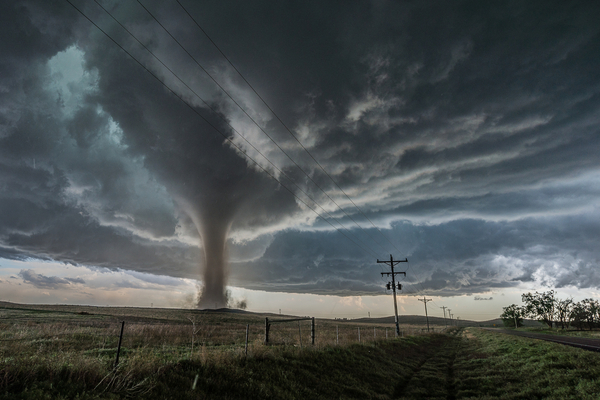As history shows, La Nina can have an important influence on the Spring tornado season in the United States. And usually not in a good way. It is also partially responsible for the winter-time tornado outbreaks across the United States. From the top 5 most active tornado years, 4 were actually La Nina seasons. At least during the main spring part, when there are most tornadoes and the ENSO still has its role in the global circulation.
ENSO is short for “El Niño Southern Oscillation”. This is a large oceanic region in the tropical Pacific, that is regularly changing between warm and cold phases. It has a major impact on the tropical convection patterns (storms), pressure patterns, and thus on the interaction between the ocean and the atmosphere. We can observe large-scale pressure changes in the tropics as ENSO shifts between warm and cold phases. With some delay, these changes directly affect the circulation over the rest of the world.
Going straight to the point, if you check NOAA Climate, there’s a good comparison of hailstorm and tornado events during the spring season in the United States, compared between El Nino and La Nina seasons. It is interesting to note that in a La Nina spring season, there is a substantially higher frequency of hailstorms and especially tornadoes in the southern and southeastern parts of the United States, especially in the central and eastern portions of Tornado Alley.
If you’re not familiar with the term, “Tornado Alley” is the nickname given to the section of the southern plains of the central United States that typically experiences a high frequency of tornadoes and other severe weather events each year from late winter to late spring.
But why are there more tornadoes and other severe weather in the southern United States during a La Nina? The main reason is the weather patterns that we have seen forced by a La Nina event. It promotes a high-pressure system in the North Pacific, that usually corresponds to the pressure drop over western Canada and the northwestern United States.
Major changes are coming for the ENSO region, that can even resonate into the next year.
—
Photo Credit: Cammie Czuchnicki / Shutterstock.com
